The Best Darbars and Sufi Shrines In Multan, Pakistan
Multan: The City of Saints
Welcome to the City of Saints! Pakistan’s Multan is filled to the brim with shrines, temples, and mosques. Being such a massive city, you may not even know where to begin when it comes down to tackling the task of experiencing everything this holy city has to offer. Of course, you could wander the sprawling bazaar aimlessly for hours, getting lost in the back-alleys and hidden historic neighborhoods. But if you are looking to truly immerse yourself in the local culture you will need to know where the best darbars and Sufi shrines in Multan are.
Before you book that train or bus ticket to Multan, there are a few things you should know at first. For starters, Multan is a closely regulated city. Due to security concerns or sensitive military installations, foreign travelers must be accompanied by an armed guard at all times. For many independent backpackers, this is reason enough to skip Multan altogether. Others will try and make a day trip out of Multan, arriving early in the morning and leaving on the last bus out of the city.
Next, you may be asking yourself what is Sufism? Throughout Pakistan, you will come across many darbars and shrines. These monuments are usually tombs of Muslim saints and are centers for prayers and worship. Sufism, in short, is a mystic side of Islam that focuses more on the inward spiritual discovery of God and his creations. Some common methods Sufis use to get close to God is through song and dance. At the darbars in Multan, you will experience a side of Islam separate from the pious stoic doctrine adopted in many mosques throughout the world. But an Islam that embraces traditional cultures and the beauty in the world.
What to read more about how safe Multan is? Check out my complete guide here!
Tomb of Shah Rukn-e-Alam
If you were to choose one place in the entire city to represent Multan, this tomb would be it. Noted as being one of the earliest examples of Tughluq architecture, the Tomb of Shah Rukn-e-Alam stands tall on top of the Multan Fort. Built-in 1320, courtyards surrounding this mausoleum exists in a time-warp while the rest of the city drastically changes and develops with the times. The creation of this tomb set of a chain reaction which spurred the construction of many similar tombs throughout South Asia, most notably Delhi.
When exploring the rest of Multan all the rest of the tombs come across as miniature imitations of this mausoleum. None quite match the splendor or size of this massive shrine. But it is not the architecture alone that will have you wanting to visit every single darbar in Multan, is the culture that surrounds each of these monuments. From the reverence of the Muslims entering the tombs to the music being played on the stone courtyards, you are not only witnessing an architectural wonder but the traditional culture of the Sufis.
While in Lahore be sure not to miss tasting street food on Anarkali Food Street!
Bahauddin Zakariya Tomb
In the shadow of the Tomb of Shah Rukn-e-Alam, lays yet another mausoleum: the Shrine of Bahauddin Zakariya. The temple is identical in almost every way but lacking some of the grandiose that make its neighbor a wonder of craftsmanship. This Sufi shrine is more of a spot where travelers can attempt to catch another unique glimpse at Sufi traditions rather than gaze at the intricate architecture. With flowers in hand, many devotees enter the interior of this dome to pray in front of the casket of Bahauddin Zakariya and throw pink flower petals on his grave as a form of respect.
Built in the year 1262, this tomb, much like the others in Multan Fort, allows visitors to step back into the past to a simpler time before extremism and terrorism. This mausoleum in-particular is known for its qawwali nights, music played on the harmonium after evening prayers. As the sun sets, Muslims from throughout Multan will congregate in the courtyard, sit on the ground and sway back and forth as the sound of songs echoes out into the night.
If you are in Lahore you want to make sure you visit the Badshahi Mosque!
Tomb of Hamid Ali Khan
The third complex within Multan Fort is the Shrine of Hamid Ali Khan and Jamia Masjid Ghousia Hamidia. Many of these shrines and mosques are clustered together in order to amplify the sacredness of these sites. Other than just the body of the saint in these tombs, you will also find the caskets of all of their devotees and relatives buried at the base. Draped in colorful tapestries each of the graves add a splash of color to the otherwise dark and drab interior of the mausoleums.
While the Shrine of Hamid Ali Khan is nowhere near as historic or marvelous as the neighboring tombs, you will find more life within its walls. Besides being the final resting place of a Sufi saint, it is also a madrasa (an Islamic school). Students can be found rocking back and forth as they recite verses of the Holy Quran, their voices being carried throughout the shrine and mosque. As you wander the halls, the students and even the teachers of the madrasa will be more than willing to share their school with you as well as their religion.
Not far from Multan you will find the iconic Uch Sharif. Read more about these Sufi ruins here!
Darbar Peer Hazrat Yousaf Shah Gardez
Located on the far western side of the sprawling bazaar in Multan you will find the Shah Gardez Shrine. Tucked far enough away from all the noise of the market, the only indication that you are getting close to this darbar is when you find yourself circling some kind of walled enclosure. The modest-looking gateway made with crumbling red bricks opens up to a massive courtyard with towering spires, marble grave, and mosaic-covered tombs.
The mausoleum itself is humble in its size but makes up for its lack off massive domes with its gorgeous turquoise tiles. The box sized crypt is found in the heart of the darbar, with pigeons constantly flocking overhead. Although the grounds lack life, a photographer can easily spend hours capturing different angles of the Shah Yousuf Gardezi Tomb. This site has also been the site of sectarian violence and terrorist attacks in recent years. The police guarding the complex may be quick to become uneasy and shoo you from the darbar.
If you are wanting to get in touch with Pakistan’s natural beauty, be sure to head to Kandol Lake in Swat Valley!
Tomb Peer Syed Hamid Shah Gillani
Much like the other darbars found around Multan, this complex has three tombs and a mosque all clustered together. The Hazrat Musa Pak Saheed Tomb, Hamid Shah Gillani Tomb, and the Masjid O Madrisa can all be found a few minutes north-east of the Haram Gate. Any hour of the day you will find devotees filing in and out of the darbars and mosque, to pray and pay their respects to the Sufi saints.
What really makes these mausoleums stand apart from the rest of the tombs in Multan is the fact that a frequently used alleyway passes through the shrines. As if walking through a gauntlet, you will turn a corner and suddenly be surrounded by breathtaking mosaics and Islamic art. Many regular people going about their daily walk through this darbar on their way to work and back home. Making it one of the best places in Multan to people watch.
One of the highlights while traveling in Pakistan is attending the Wagah Border Ceremony. Read more about the ceremony here!
Hanifa Masjid
Hidden away in the hear of the massive and lawless Chowk Bazaar, you will find few places in the middle of the chaos of the market to rest except for the mosques. When the crowds start to get to you or you grow tired of being gawked at for taking pictures in the bazaar, the masjid can be a quiet refuge to relax before diving back into the restless sea of people that constantly swarm the streets of the market.
Hanifa Masjid is not necessarily one of the most beautiful mosques in Multan, but running into students and teachers busy studying the Quran makes the trip worth it. As a visitor, you probably will not want to disturb the young scholars while they are memorizing verses, but the hospitality is overwhelming when the locals invite you to sit with them and listen as they take their studies.
Heading to Islamabad? Make the most of your trip by seeing what to do in Islamabad here!
Darbar Shah Shams Sabzwari Alaihrehma
Although Darbar Shah Shams Sabzwari can not compete with the nearby massive domes perches on top of Multan Fort in terms of size and beauty, this shrine has earned a name for itself as being one of the major cultural centers of Multan. While the other complexes double as a tourist attraction, you will see more Sufi traditions and rituals taxing place at this darbar. With massive courtyards and a spiritual bazaar breaking against the walls of the shine like waves, there is no tomb that quite compares with this mausoleum in terms of liveliness.
The tomb was originally built in 1329 by the grandson of Shah Shams Sabzwari, like many saints of this time, he was attracted to Multan to begin his preachings. Many legends are attached to this Sufi such as when he cooked a pheasant for a hungry disciple by asking the sun to come closer to the city to heat the meal. The sun obliged but never left, making Multan one of the hottest cities in Pakistan. Many stories such as these are embodied in the ceremonies and rituals that take place behind the walls of this shrine.
Want to explore more Sufi darbars? Check out Shah Jamal in Lahore here!
Tomb Hazrat Hafiz Jamal Ullah Multani
While the other darbars around Multan are grand and size and culture, the Tomb of Hazrat Hafiz Jamal Ullah Multani stands apart as being one of the only mausoleums where you can see the original Mughal murals on display in the shrine. Like most of the other darbars, you will find several smaller tombs huddled around this grave, but none of them can quite compare with the beauty you will witness when stepping into the dome.
The centuries-old floral paintings adorning every inch of the inside of this shrine has seen better days. But the mold, water damage, and chipped stone prove the age of this historic darbar. While the other mausoleums around Multan have seen extensive renovations, this tomb for better or worse has been kept in its original state for hundreds of years, the only exception being the fan and fluorescent lights.
Not far from the City of Saints you will find the City of Palace. Read more on Bahawalpur here!
What To Do In Multan
This list barely scratches the surface of all the best darbars and Sufi shrines in Multan. You could spend days exploring the bustling bazaar and back alleyways and not even begin to make a dent in all of the tombs that can be found in the City of Saints. You may also be asking yourself, “besides visiting Sufi shrines, what else is there to do in Multan?”
Simply exploring the city streets will bring you to shrines, abandoned temples, lively markets, delicious street food, and festivals taking place on any day during the week. Like most of the places you explore in Pakistan, your most memorable experience will be the ones you don’t plan. You will find yourself constantly swept up by welcoming locals and drinking more cups of tea than you can count.
Multan has a unique culture and history that can not be found anywhere else in the country. Unfortunately, travelers will have to be tied to the hip with a guard while exploring the city. Despite the fact that you are constantly being watched over by an escort, Multan is a city that you can’t help but to fall in love with and pray that a day will come when you can wander the streets independently.

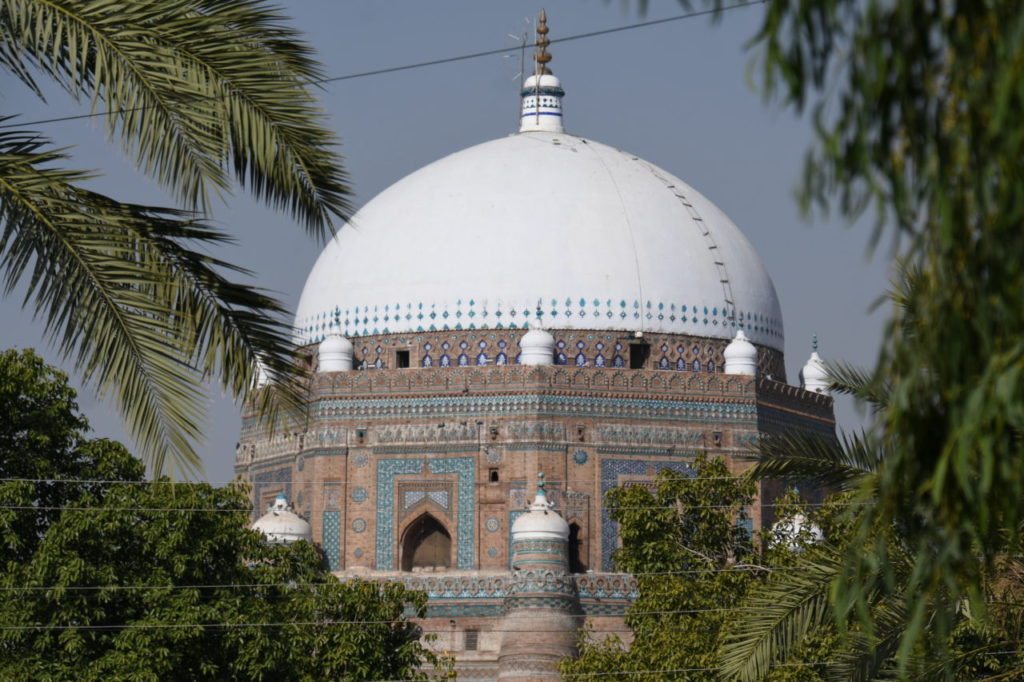
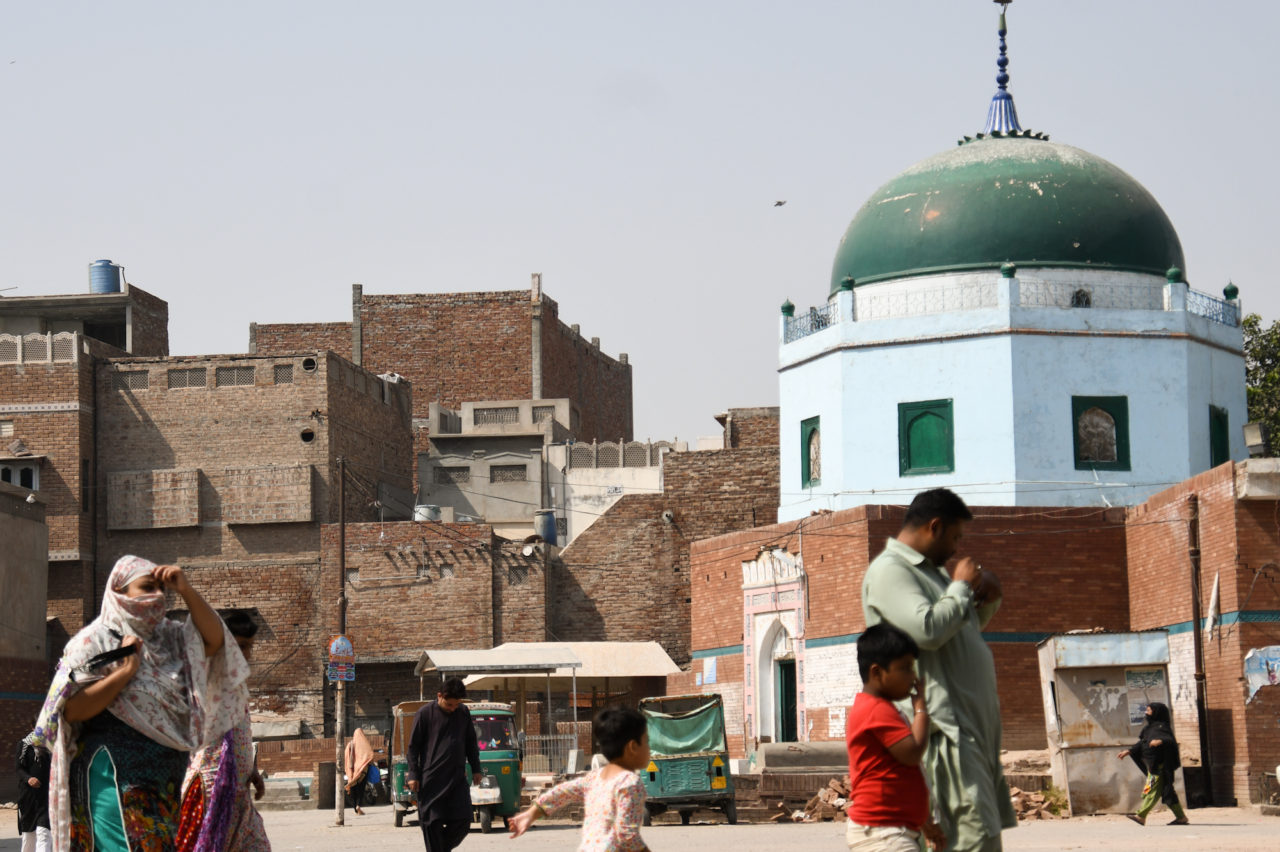
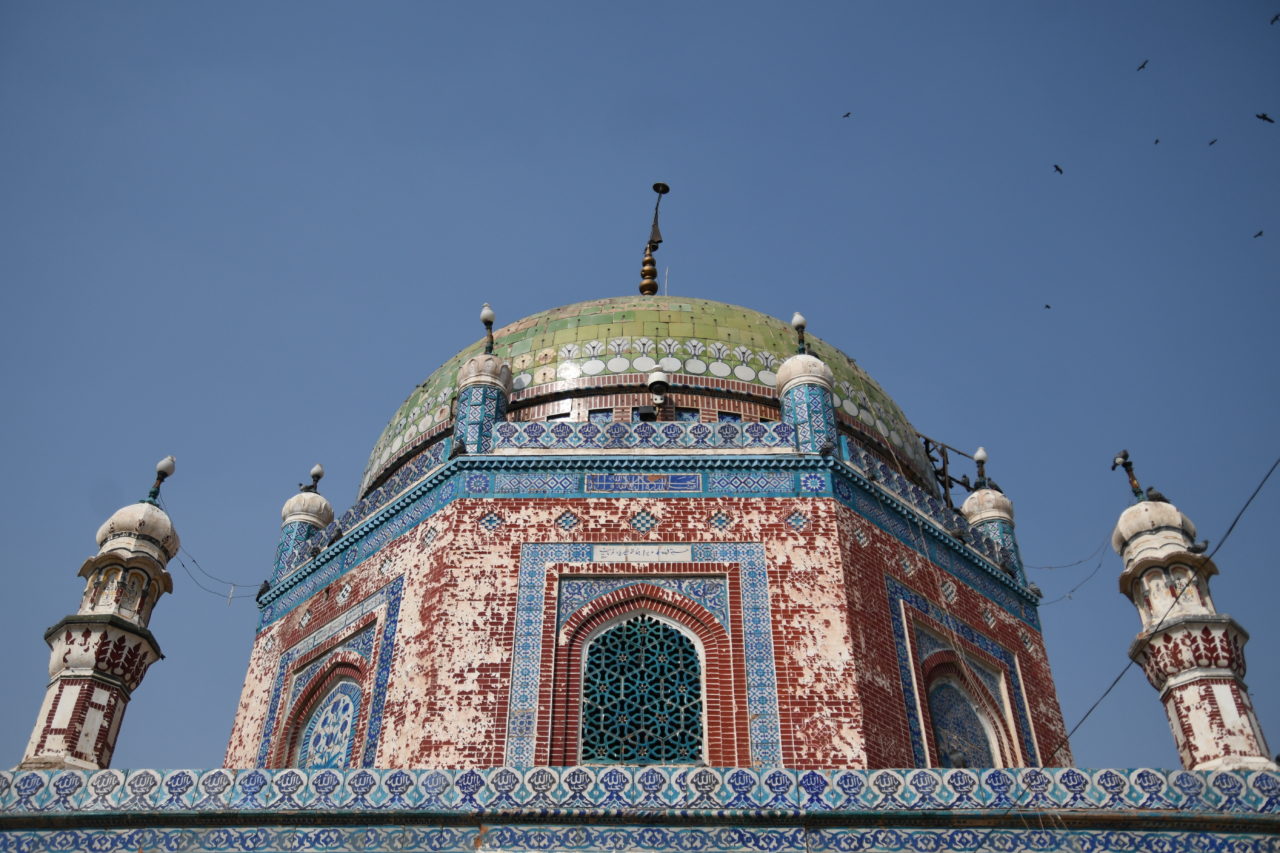
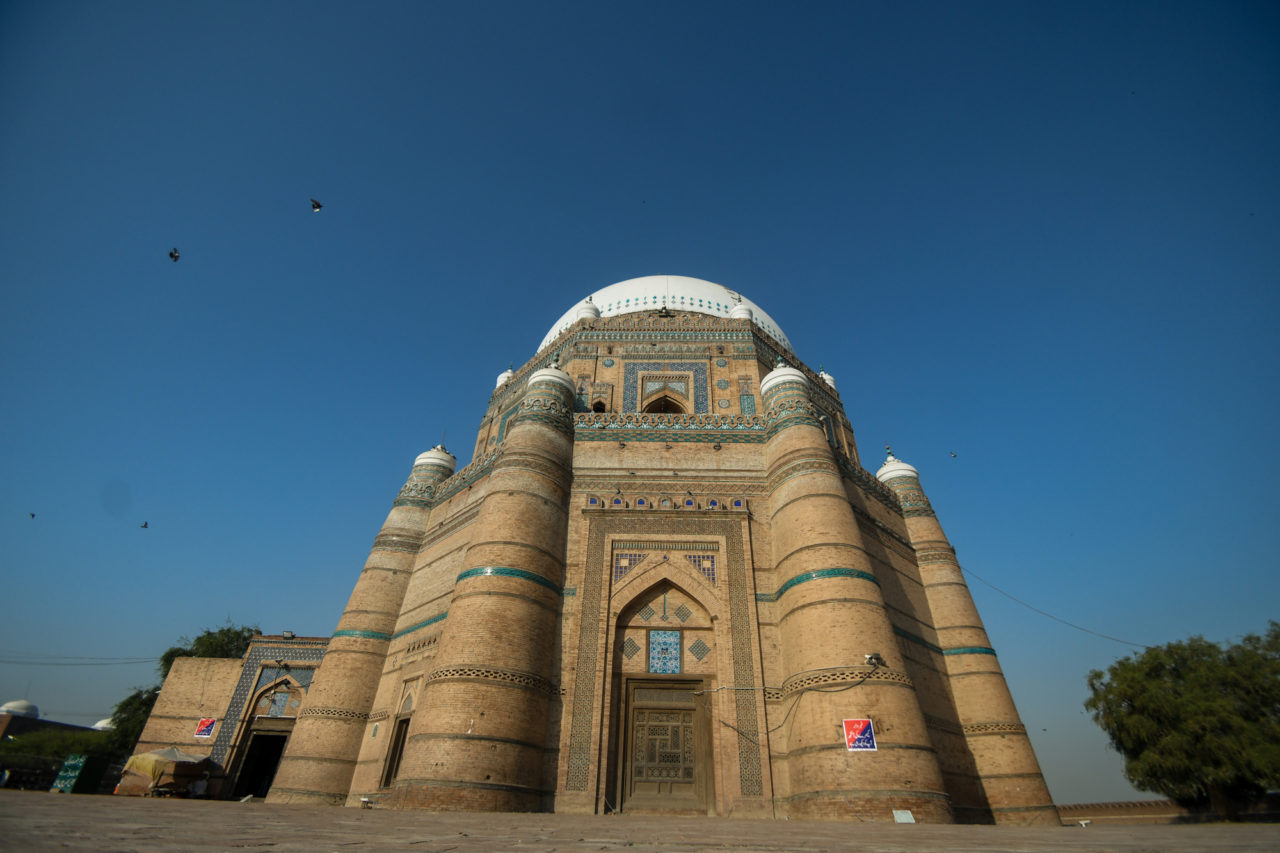
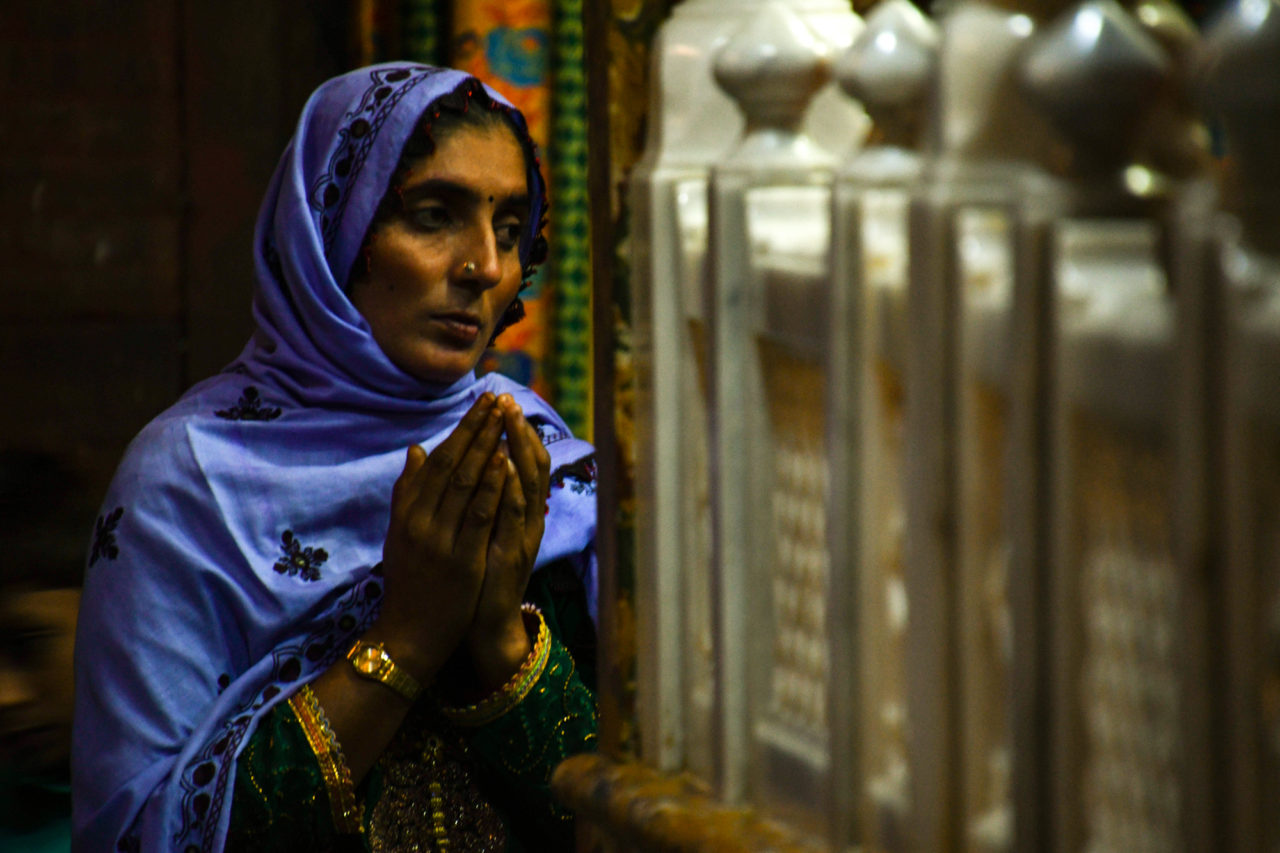
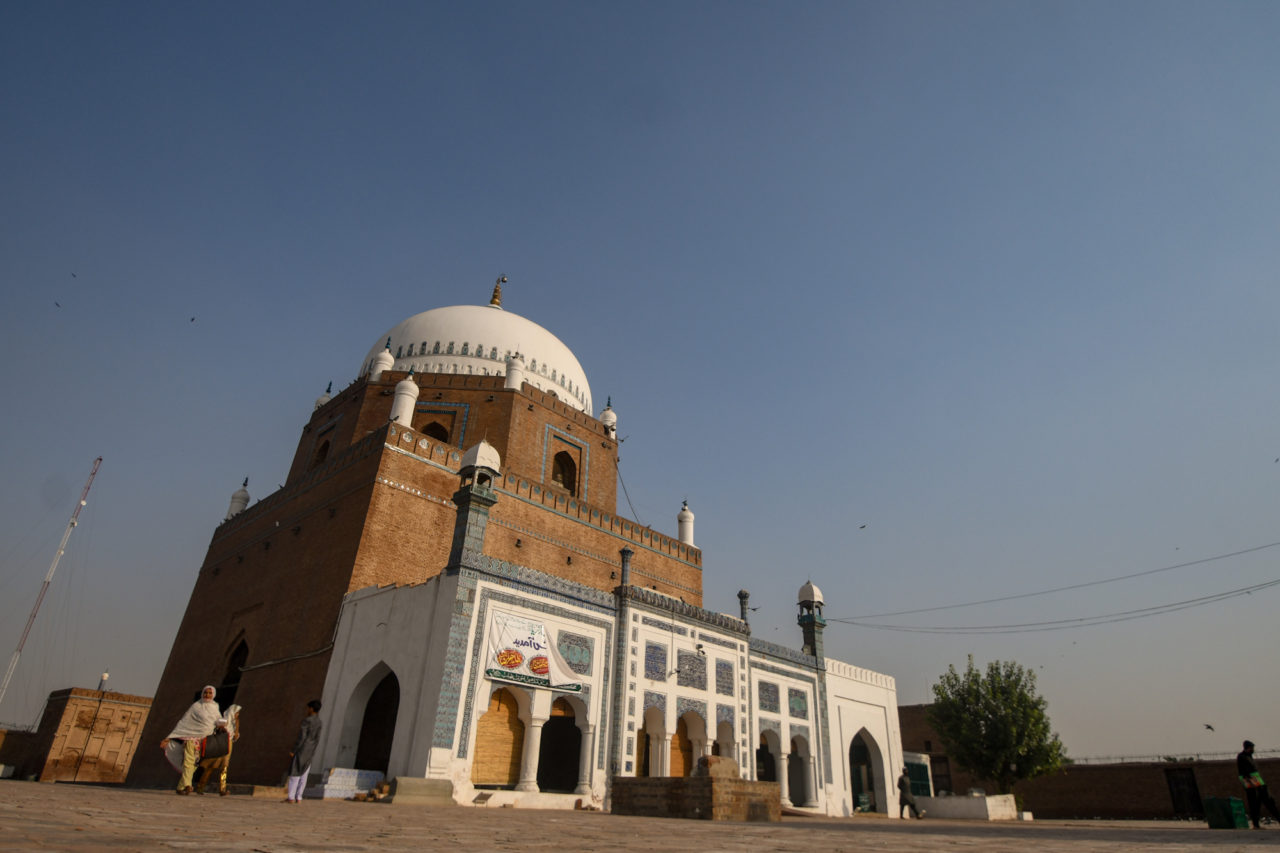
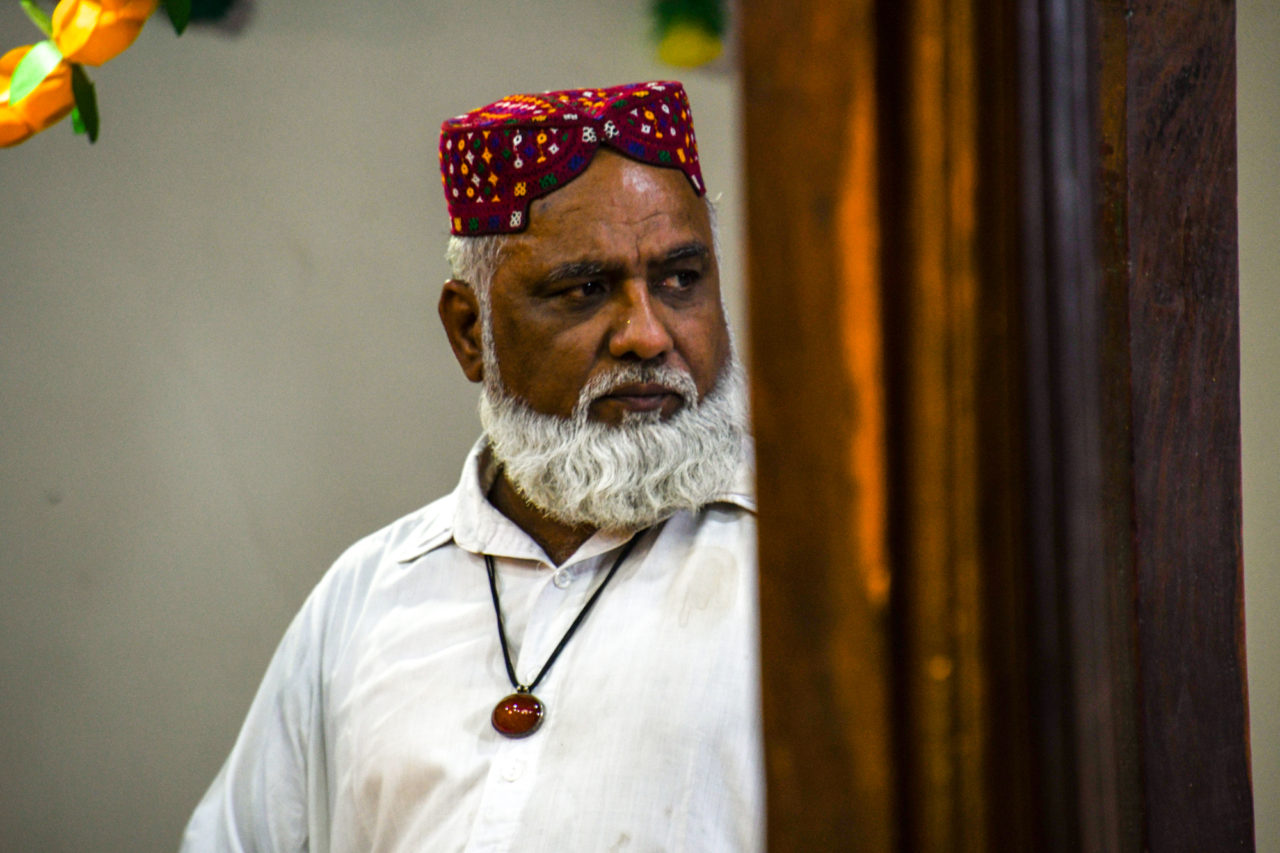
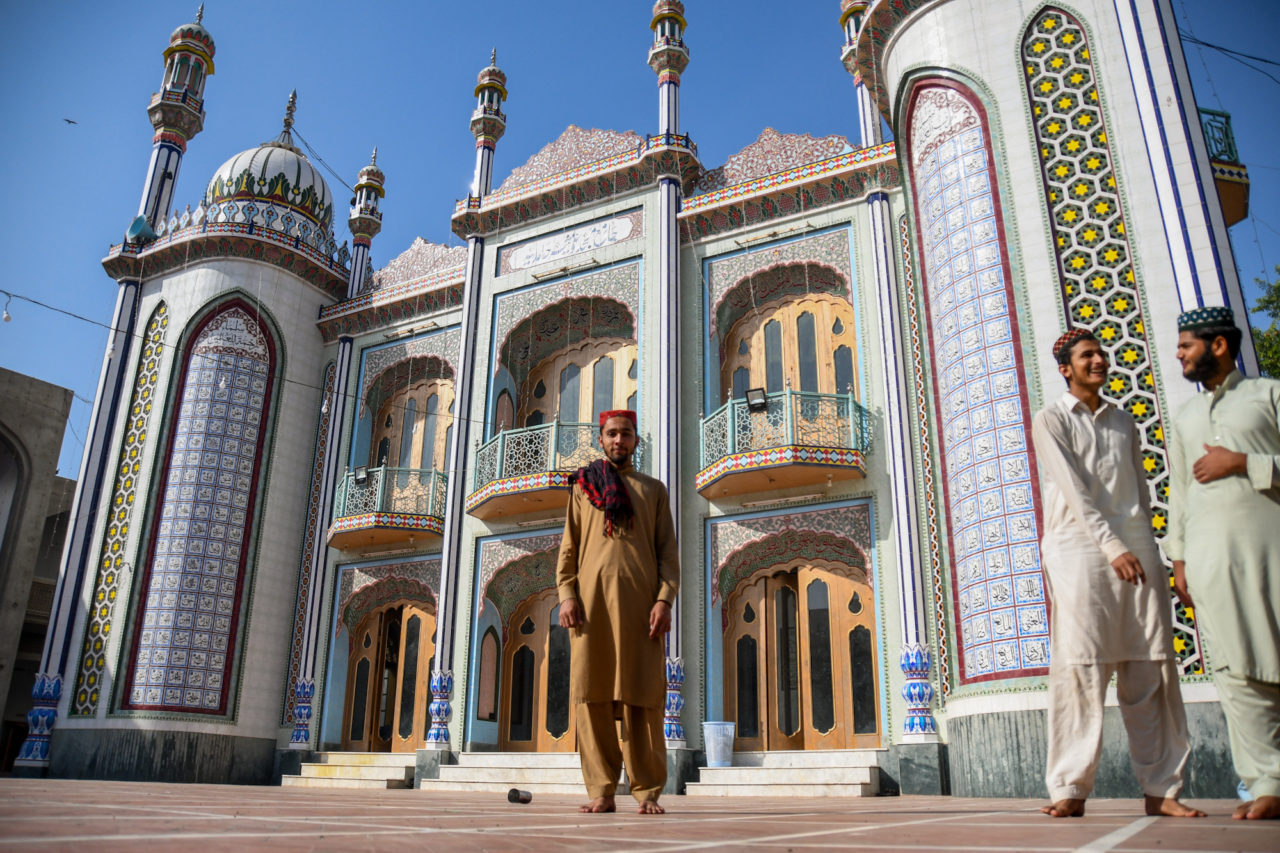
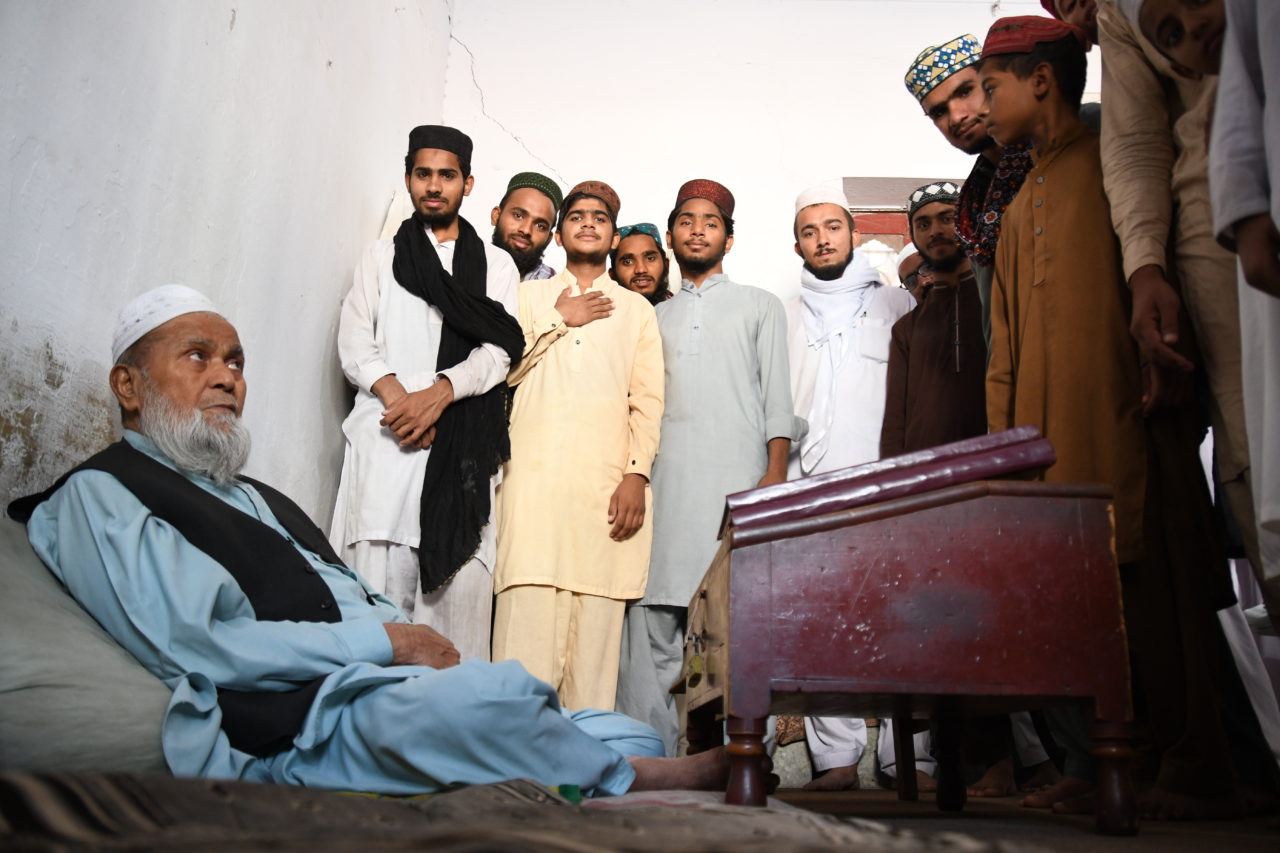
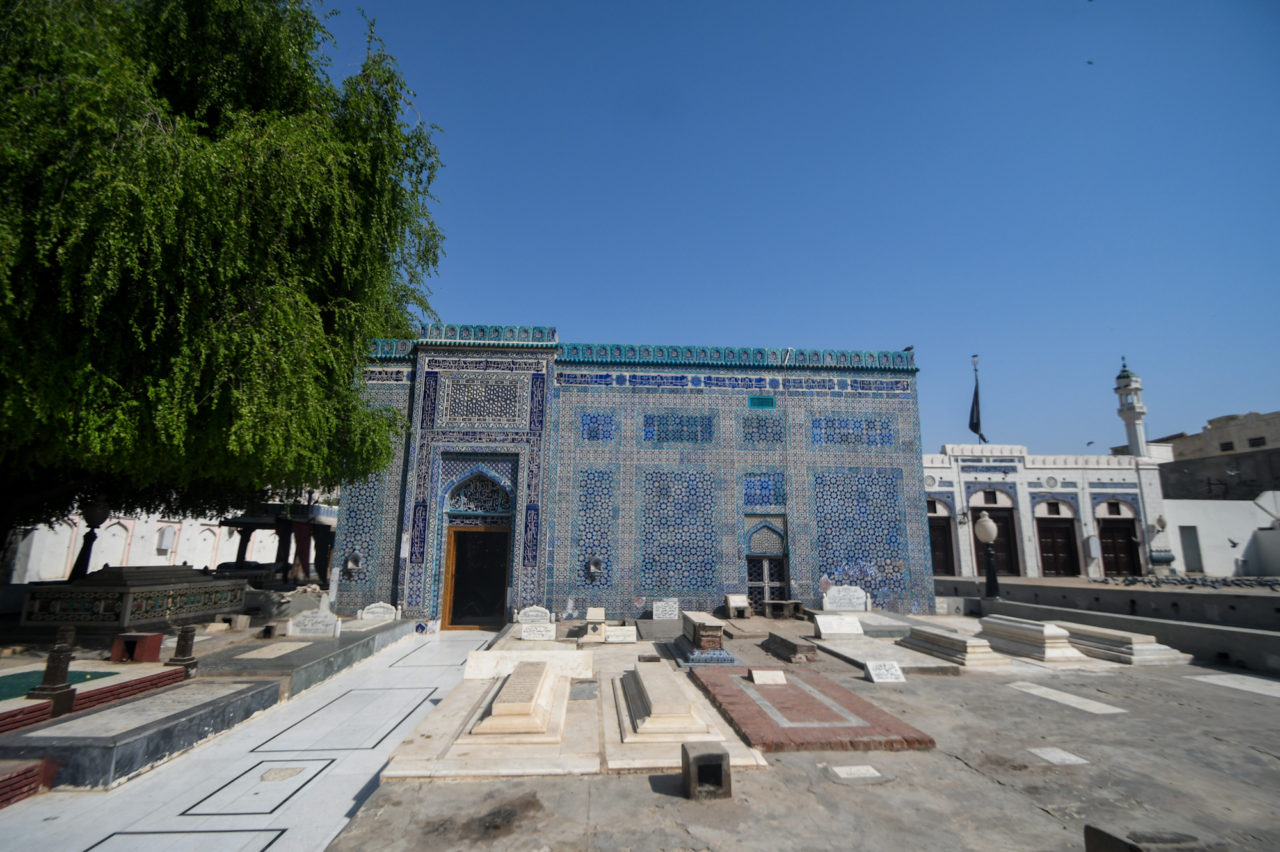
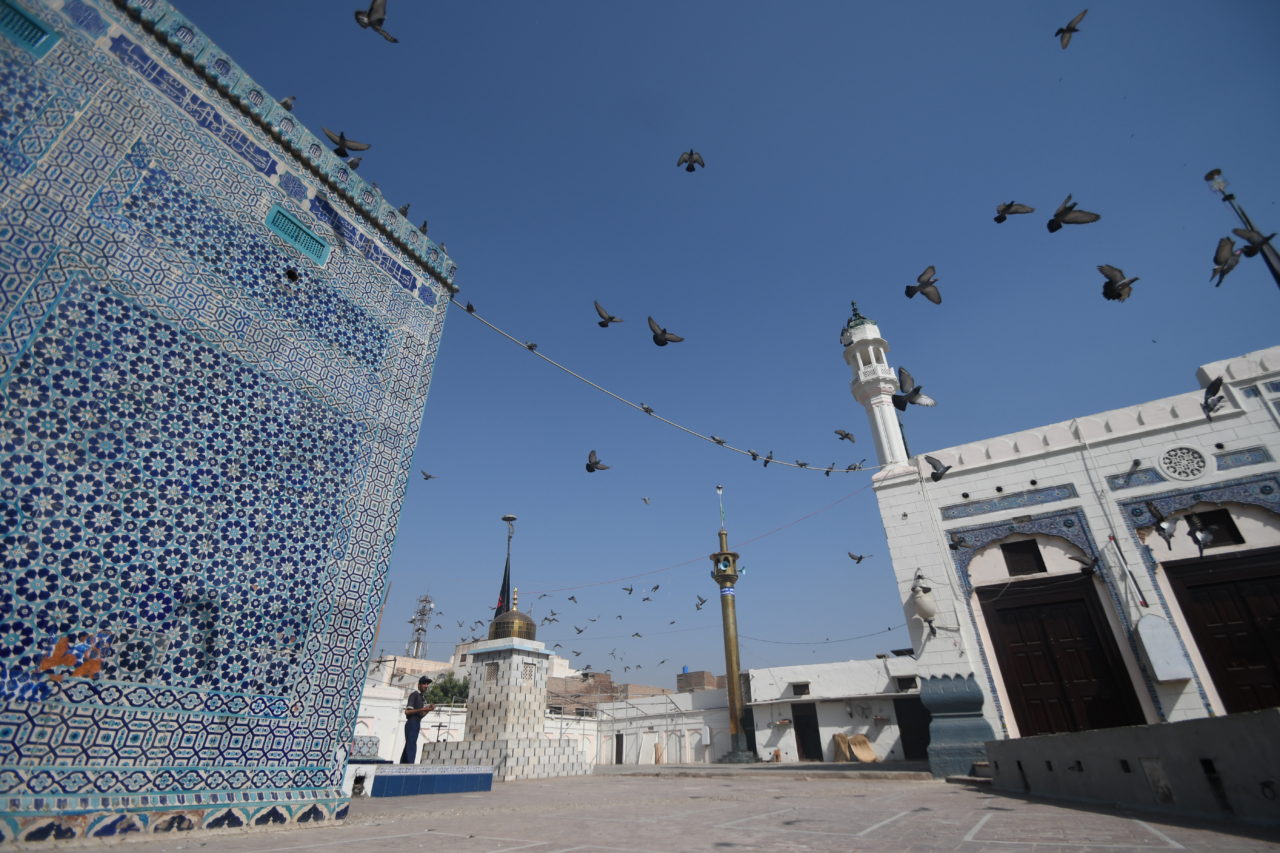
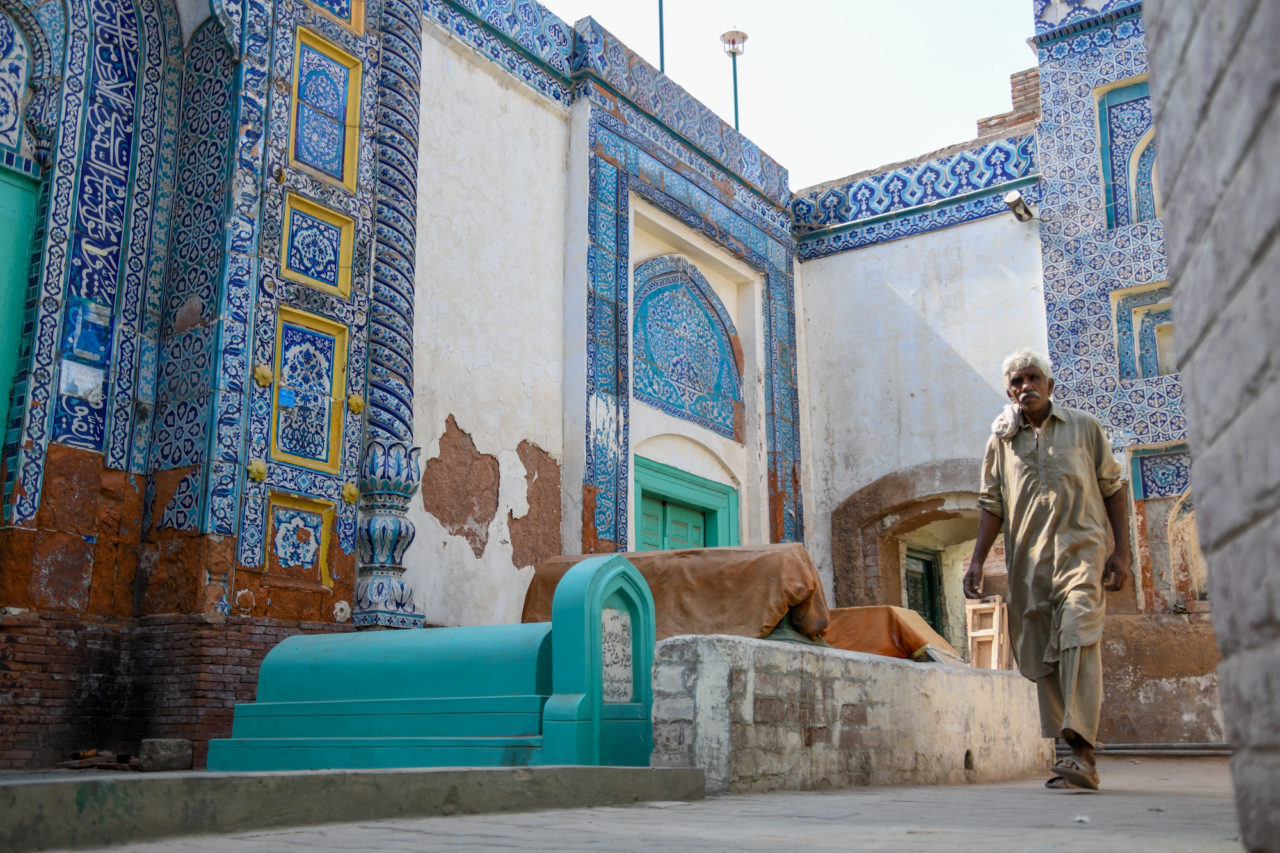
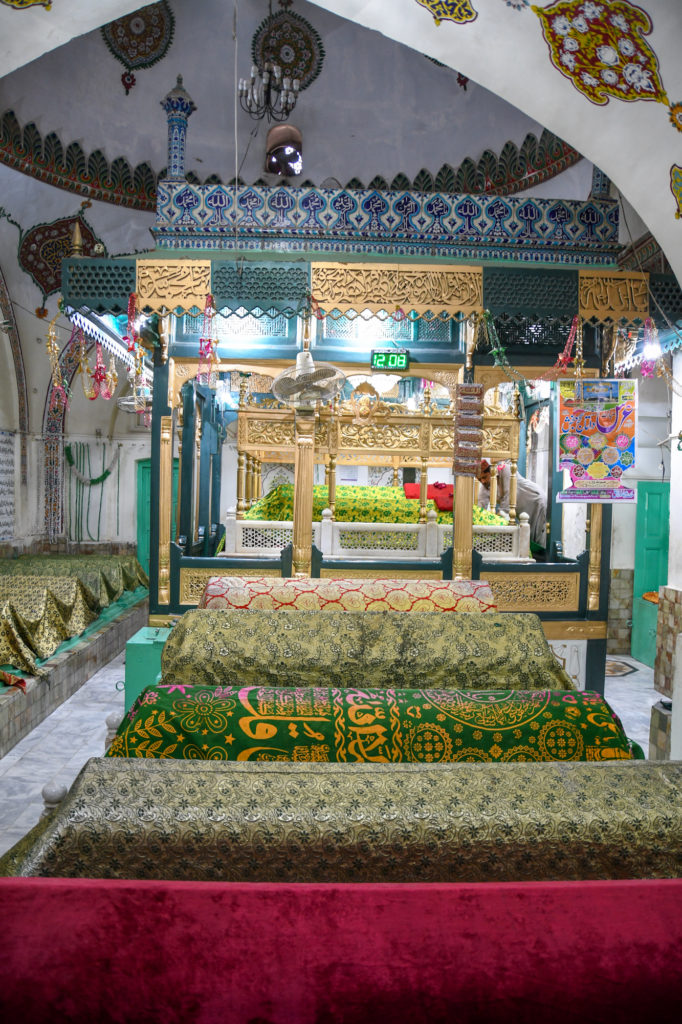
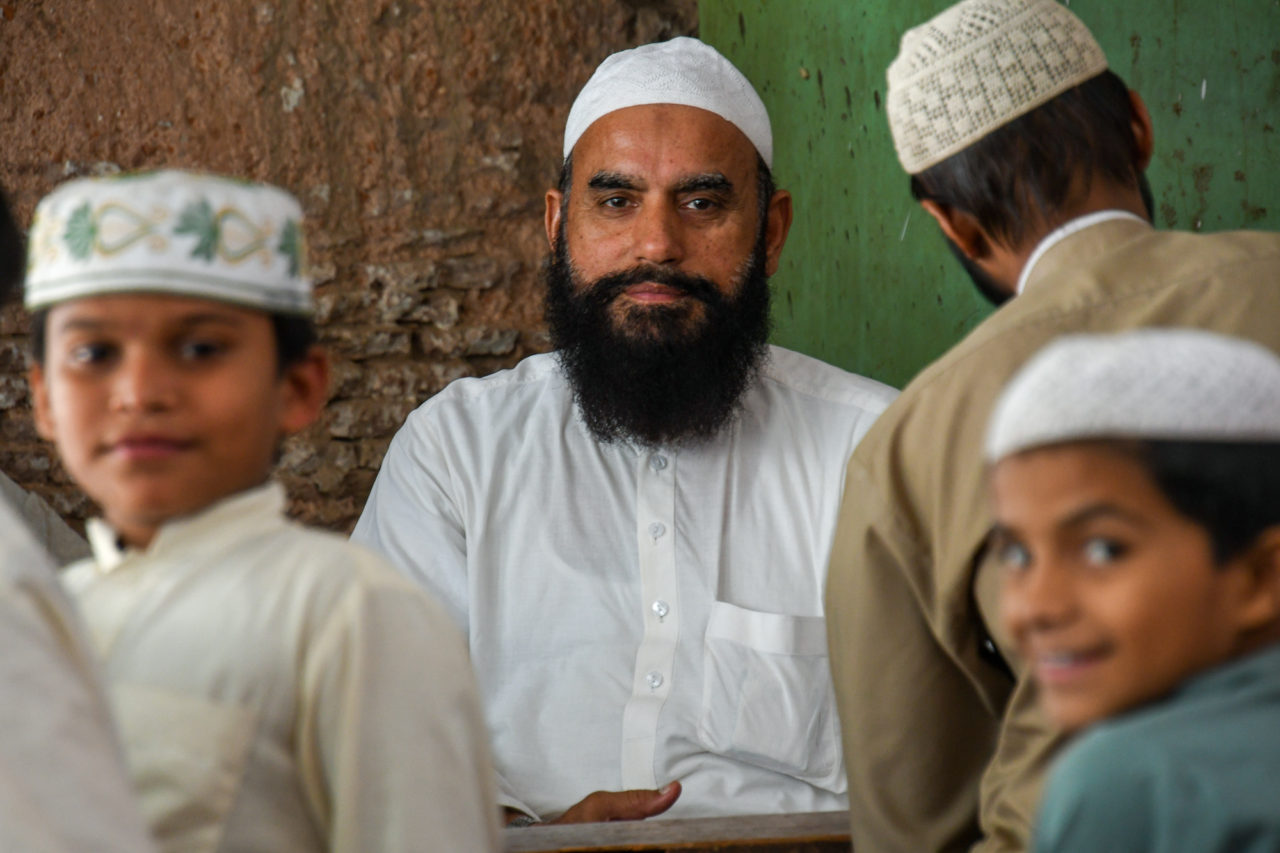

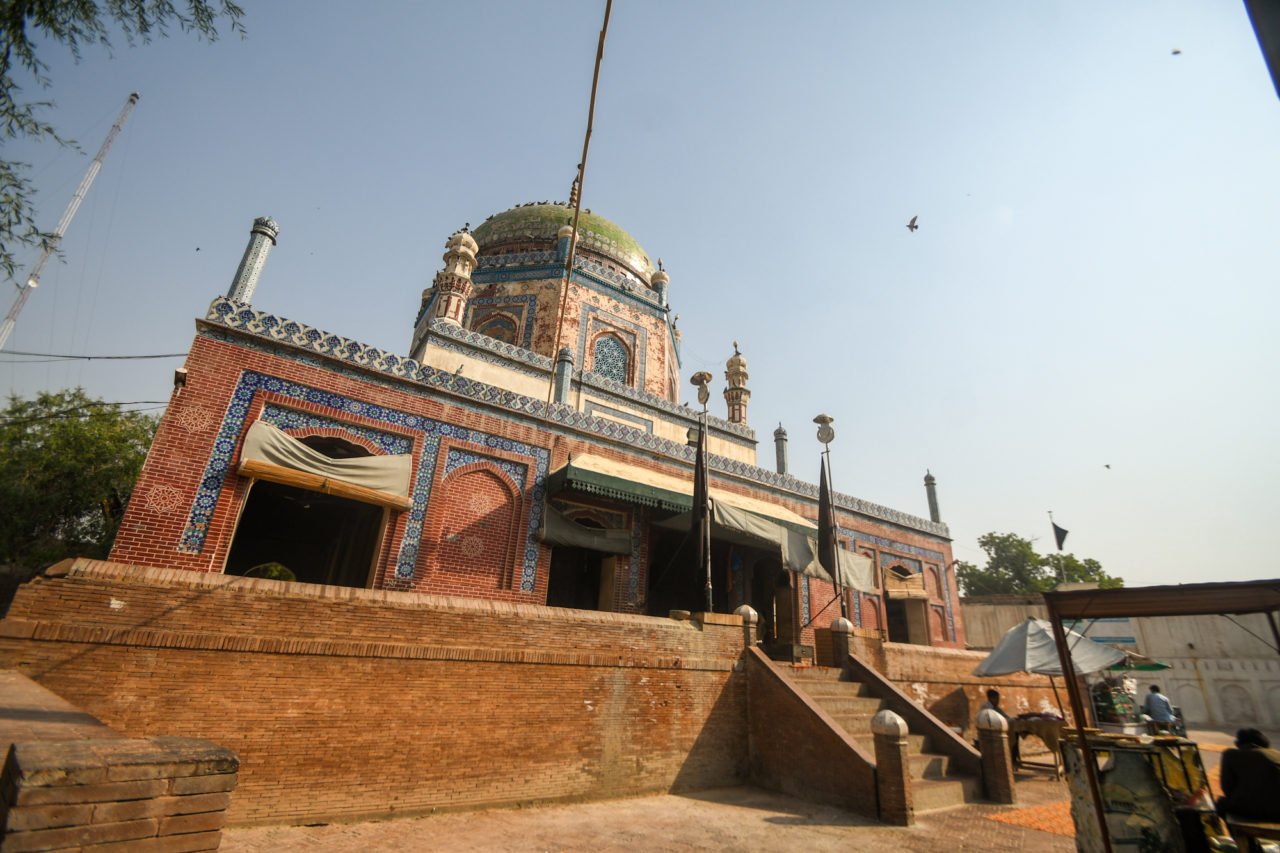
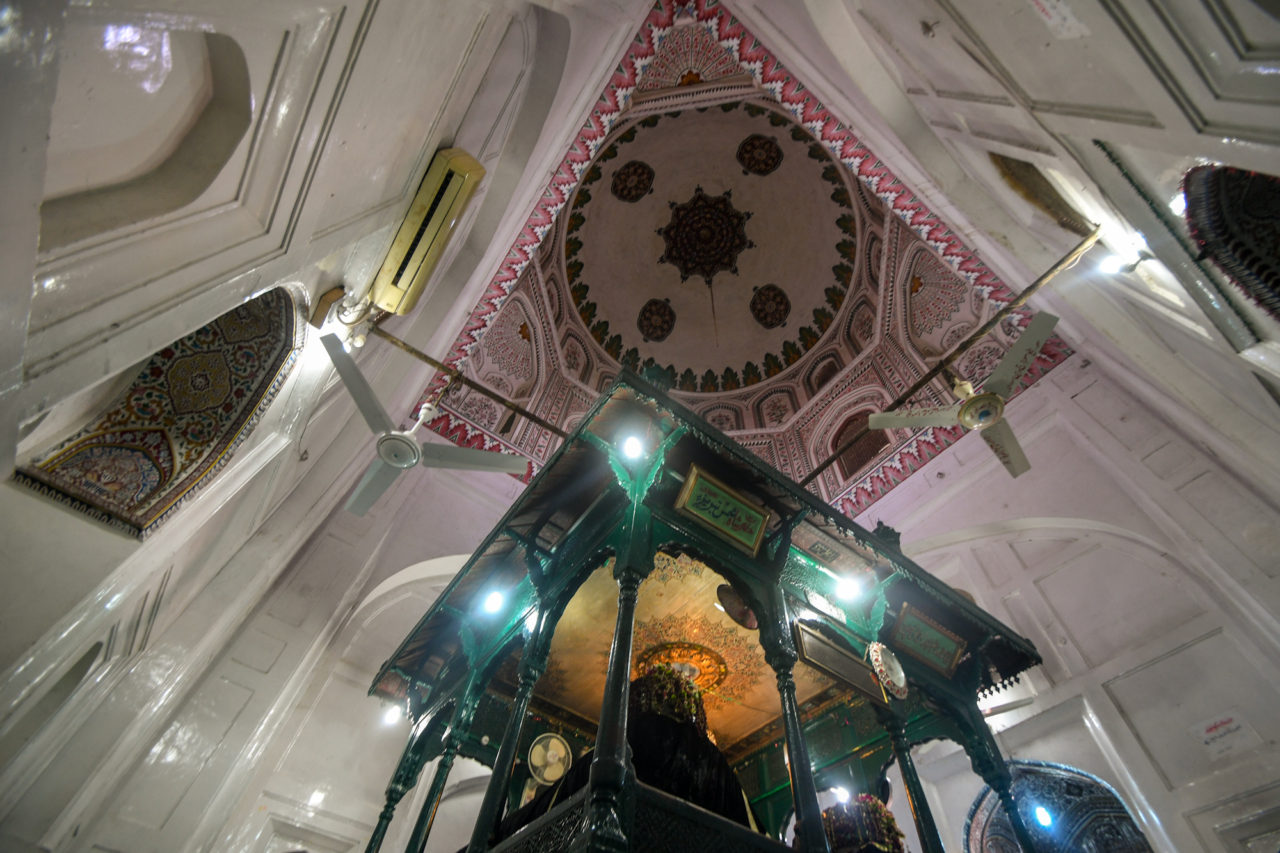
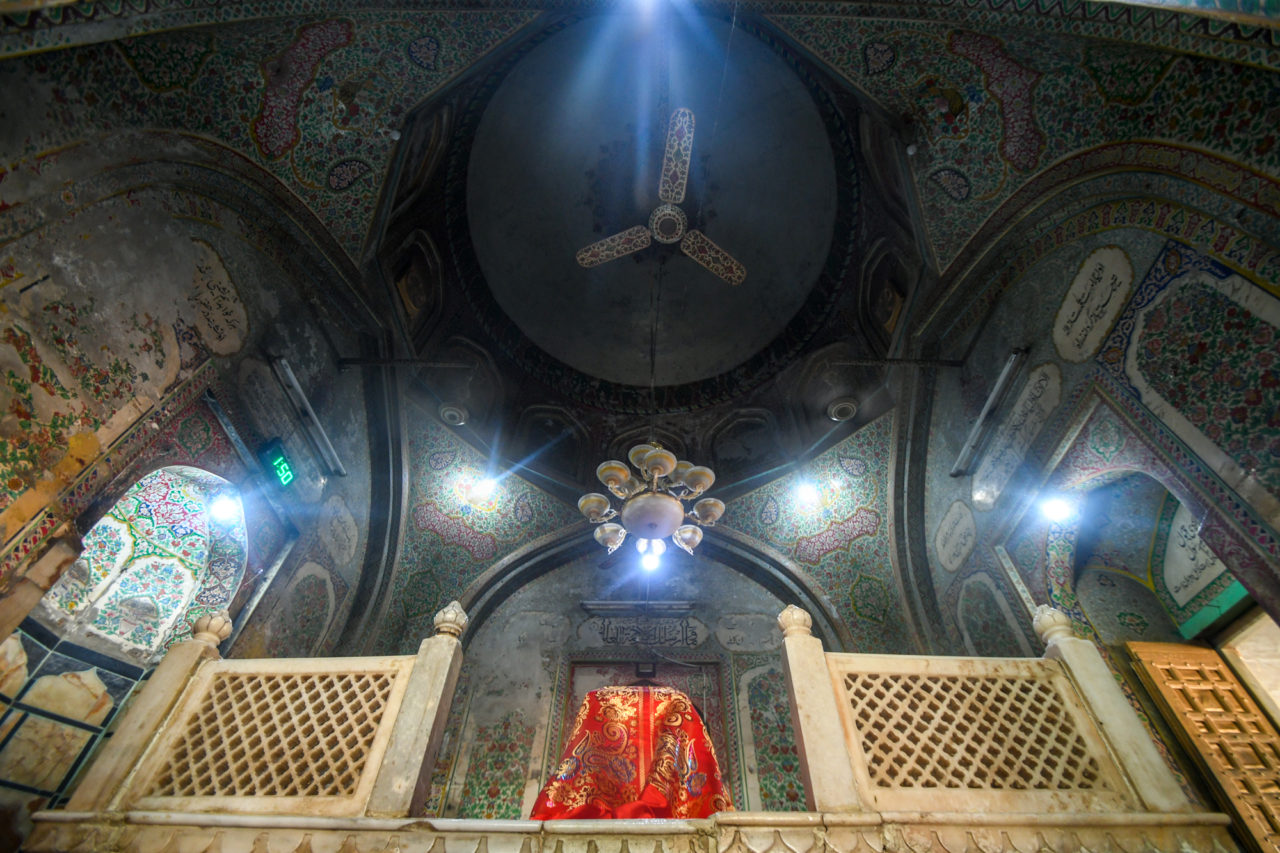
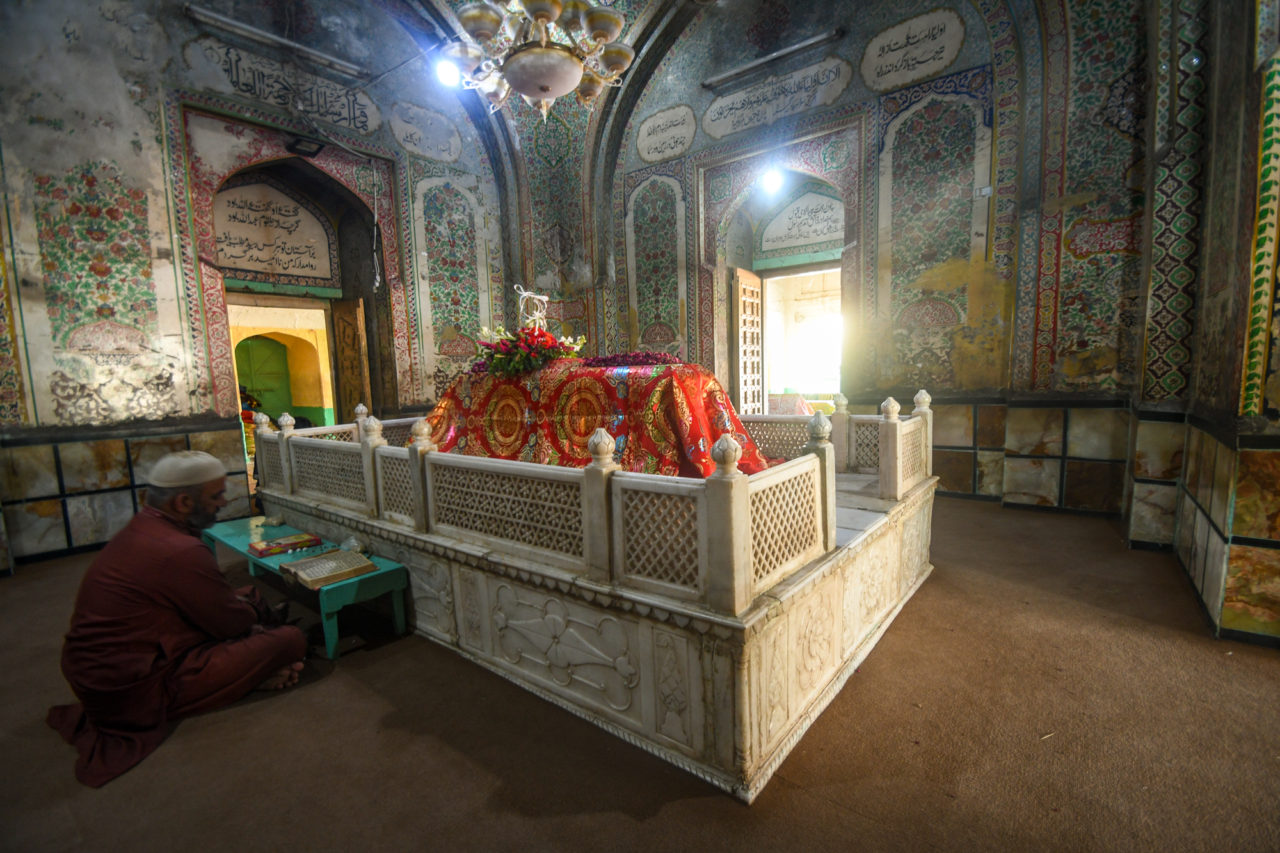
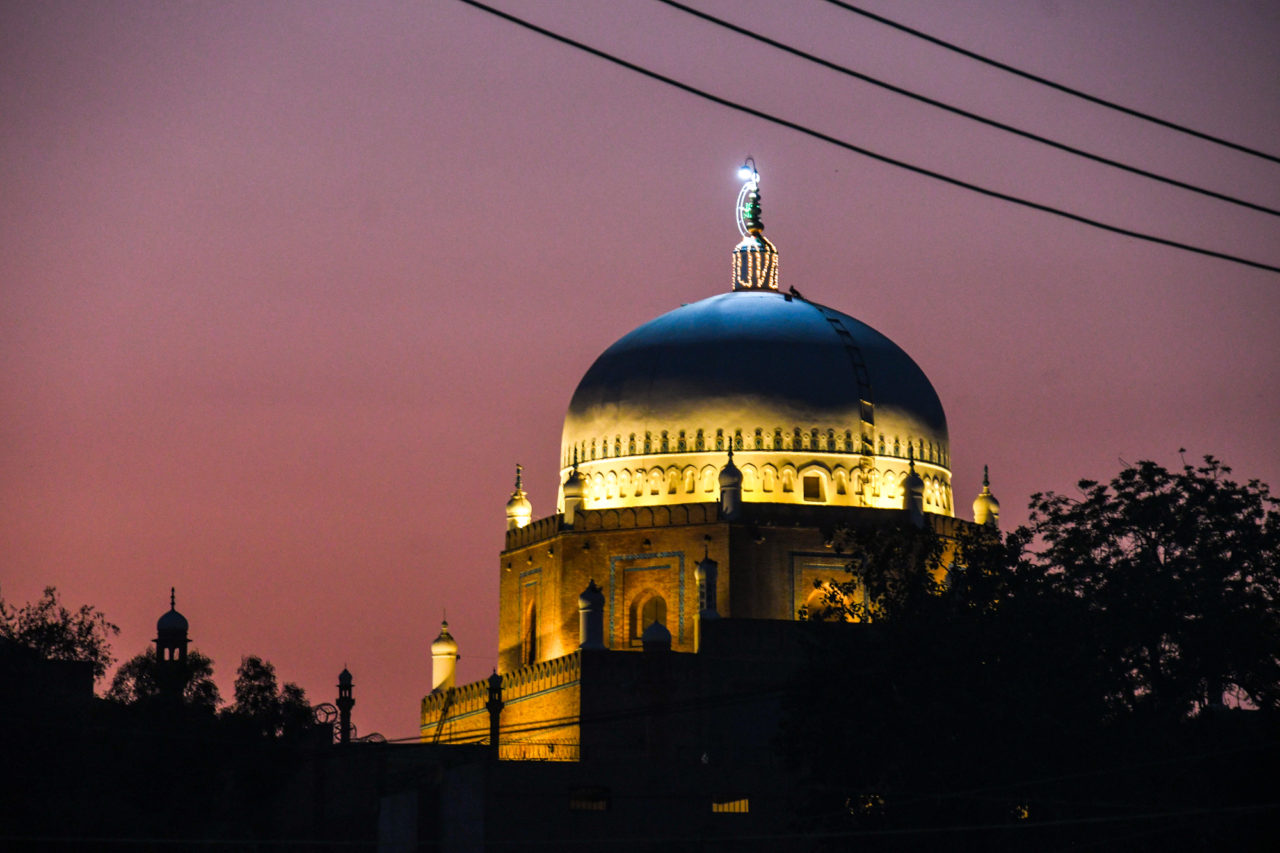
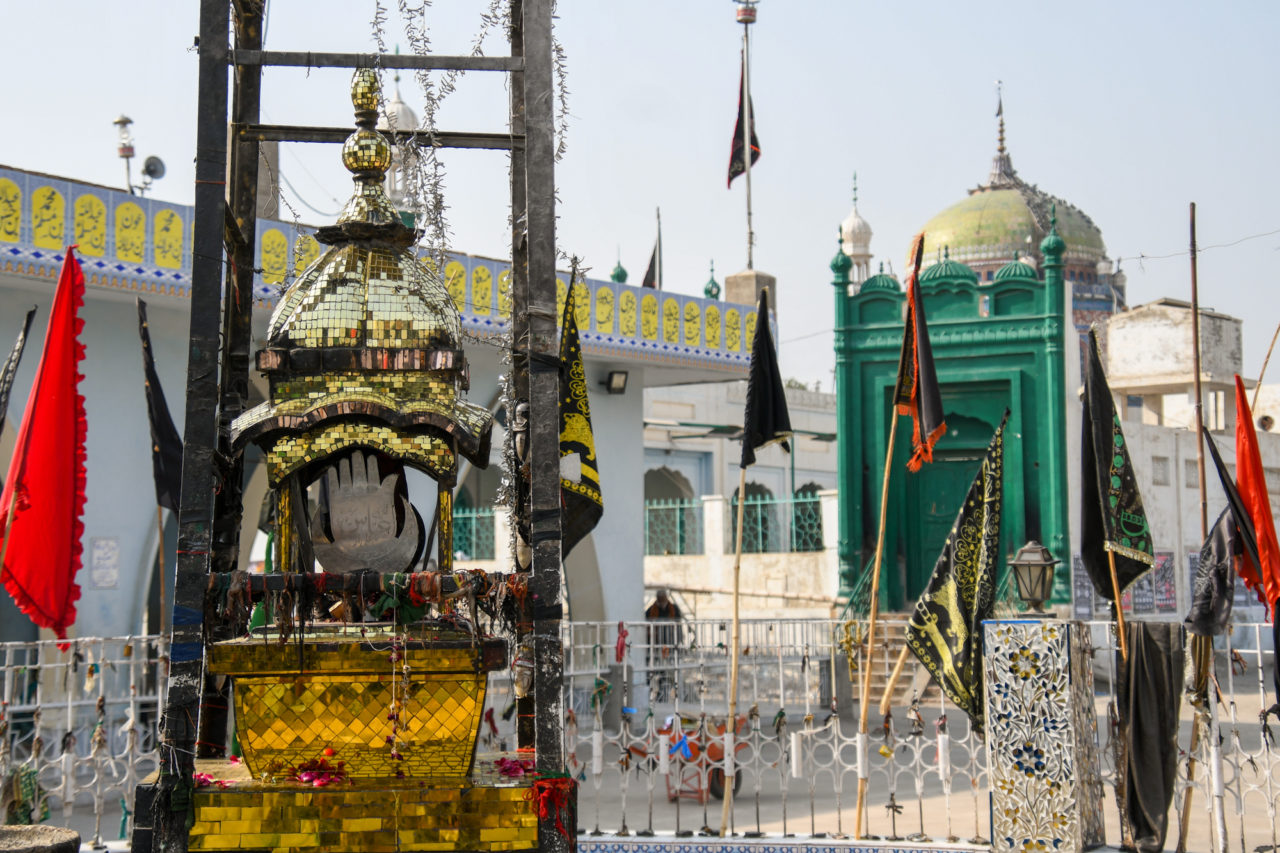
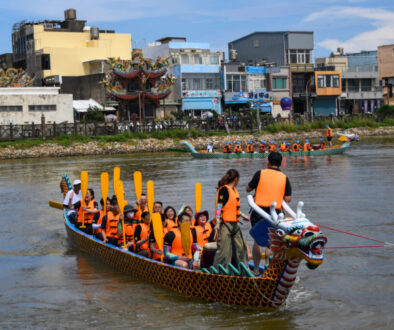
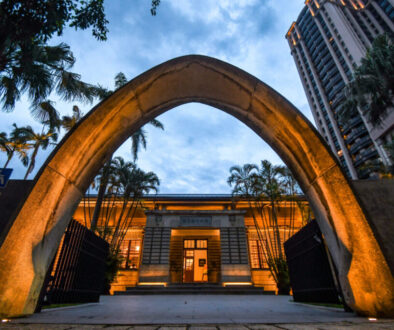
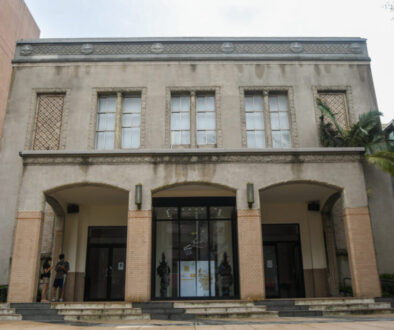


Lahore's Bibi Pak Daman Shrine - ORPHANED NATION
April 5, 2020 @ 11:35 pm
[…] If you are really wanting to experience Sufism be sure to travel to Multan, the City of Saints! […]